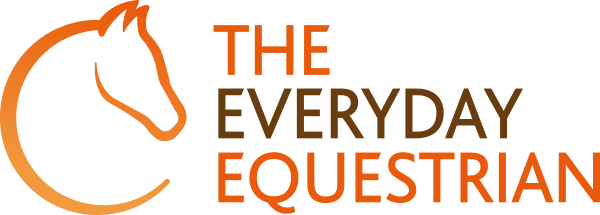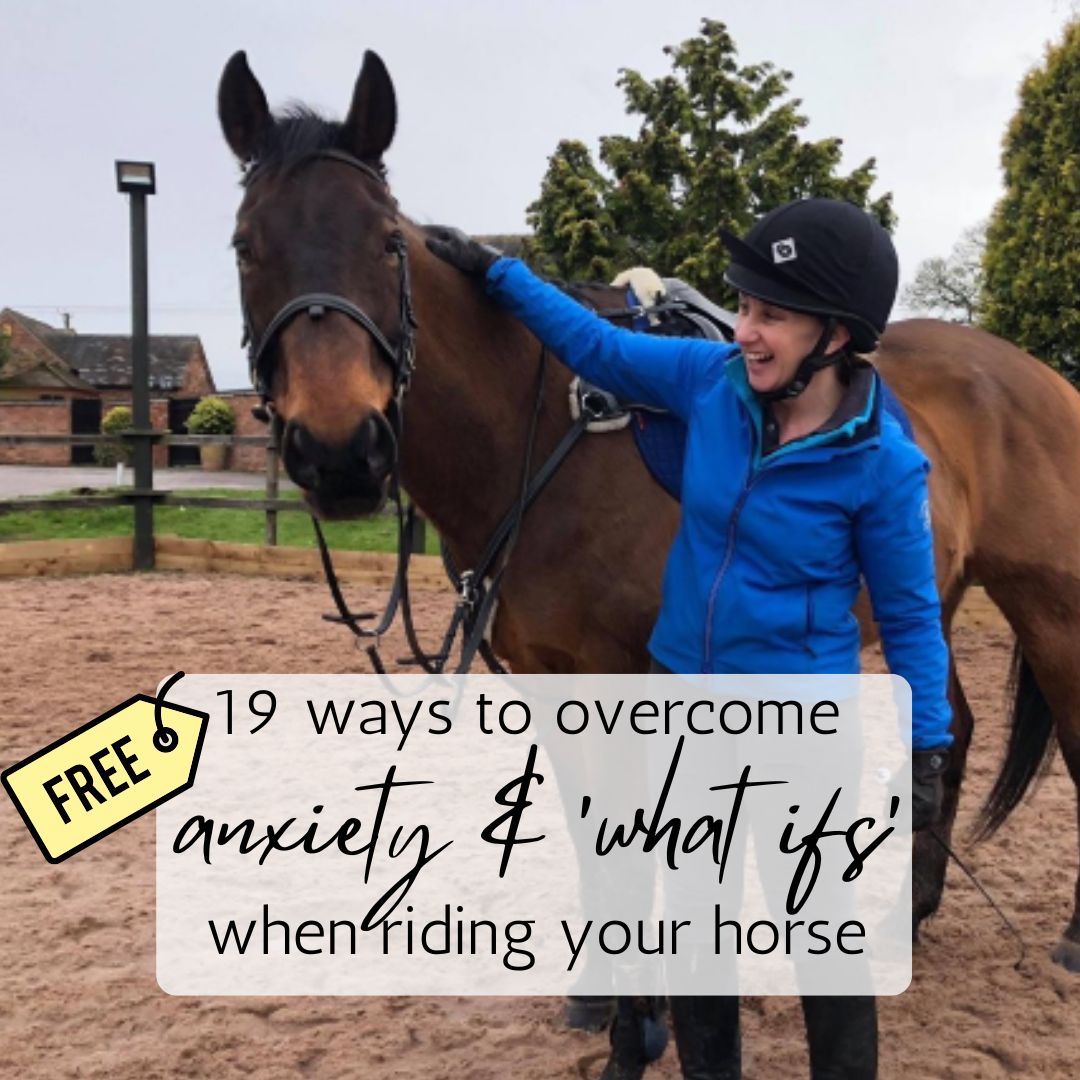Rewarding your Horse
www.theeverydayequestrian.co.uk
I’m a big believer in rewarding my horses when they try hard, or do something that I ask. But I’m quite particular in howI reward & praise them.
I’ve seen many people give their horses praise, but some methods can be really quite alarming! Great big enormous claps on the neck, virtually yelling ‘Good Boooooy’ at the top of their voice, throwing themselves at their horse’s neck. But does the horse really understand these actions as a positive experience? I’m not so sure.
My go-to rewards are as follows:
- Allow the horse to stretch & relax; take the pressure away.
When I’m riding or teaching, I regularly allow the horse to stretch & relax on a long rein. Perhaps the horse has tried really hard to collect and work in self-carriage, or maybe he’s shown some lovely balance and bend. Whatever, I firmly believe that short pieces of quality work should be appreciated & rewarded by an immediate ceasing of the aids for that particular movement, and a lovely stretch on the buckle end of the rein. I’d far rather see this, than someone doing twenty million circles, ignoring the horse’s efforts, and merely exhausting the horse’s brain and body.
- Praise with my voice
I talk to my horse loads. I tell him he’s fabulous whenever he gets something right. In response, he tries harder for me. But I praise him softly, using a really encouraging tone. I do not shout ‘GOOOD BOOOOYY’ at him to show everyone how good I am. I quietly show him appreciation for his efforts. This also means that I can reward effort without dropping my contact or disrupting the movement. All good.
- Scratching the withers (with the inside hand)
If appropriate, I just give my horses a little scratch at the withers to reward good work. This echoes natural horse behaviour in the pleasure of two horses grooming each other. I far prefer to see rider’s doing this over any great big neck slaps! How is the horse supposed to know that he’s not being told off?!
My ethos is to reward & praise quality not quantity. If the horse has achieved some good work, then great, say thank you to him & move on. I hate to see riders drilling the same exercise over and over in an attempt to improve the horse’s way of going; if I asked you to do 20 sit-ups, but when you achieved them, I asked you to do another 20 sit-ups, and another, and another, you’d be fairly fed-up, right?
Praise and reward is hugely important in training horses; think about what your horse might recognise that they have done well, and respond appropriately.

